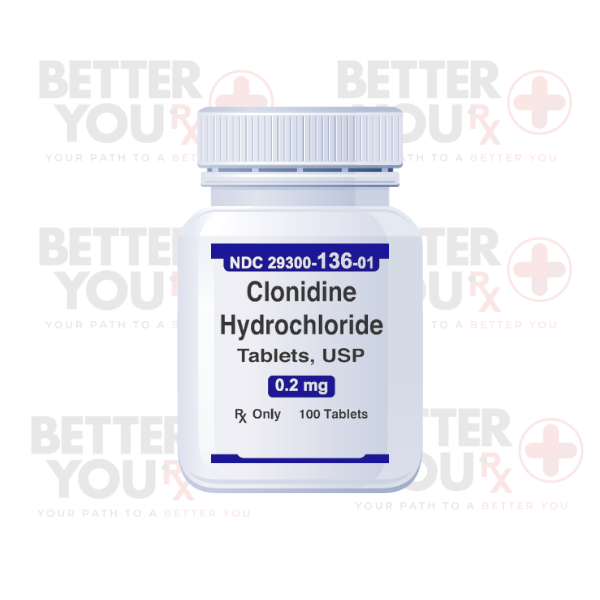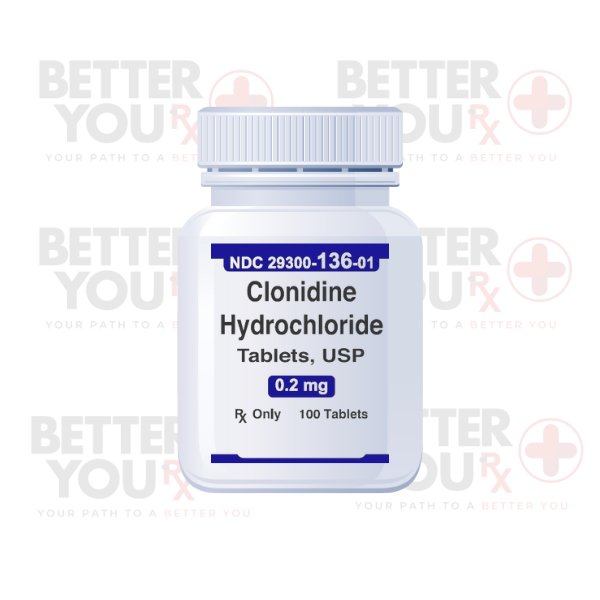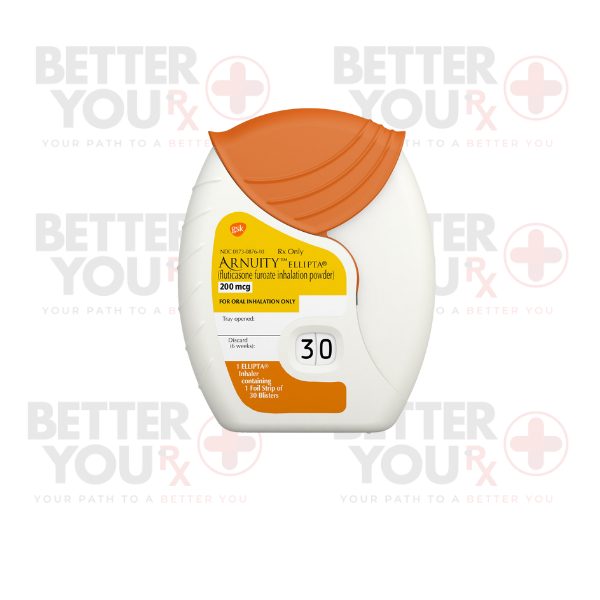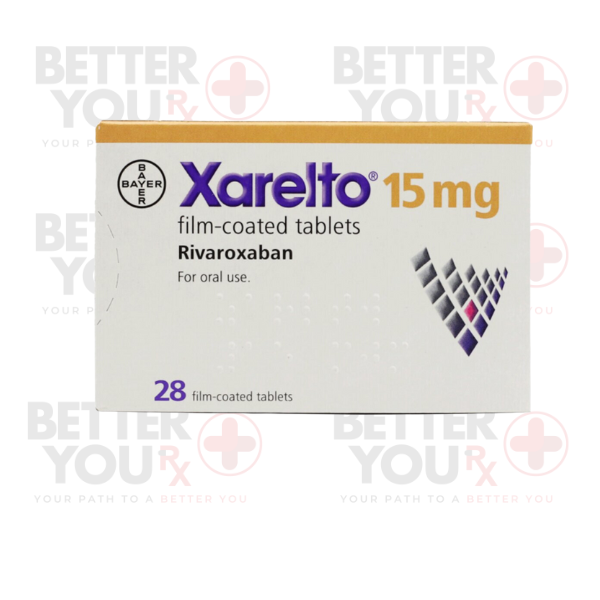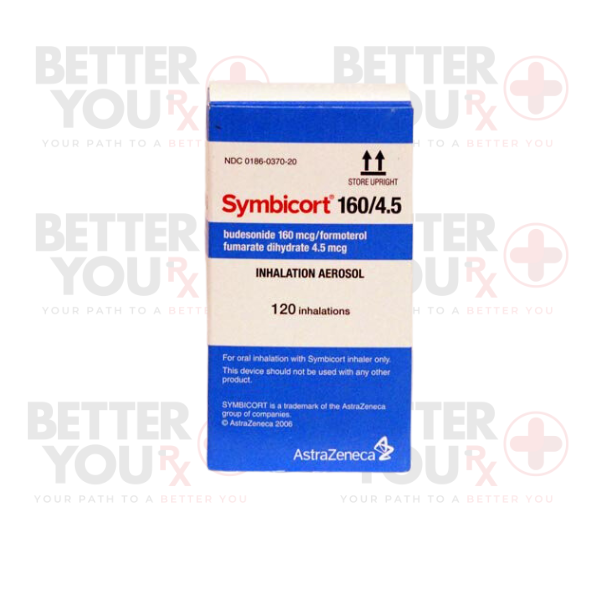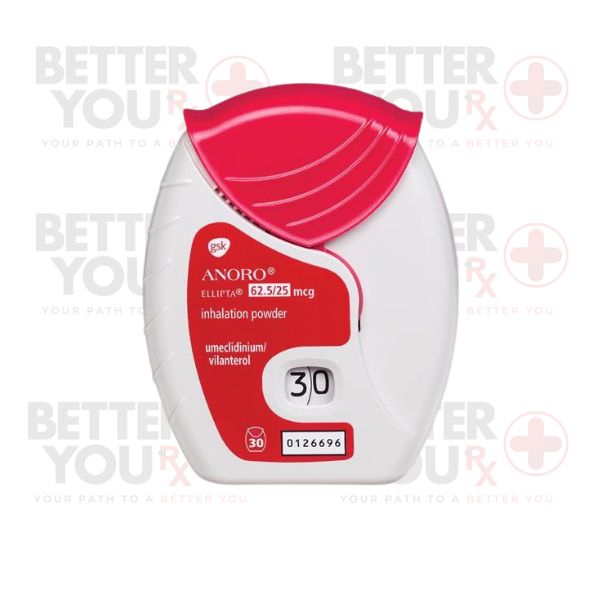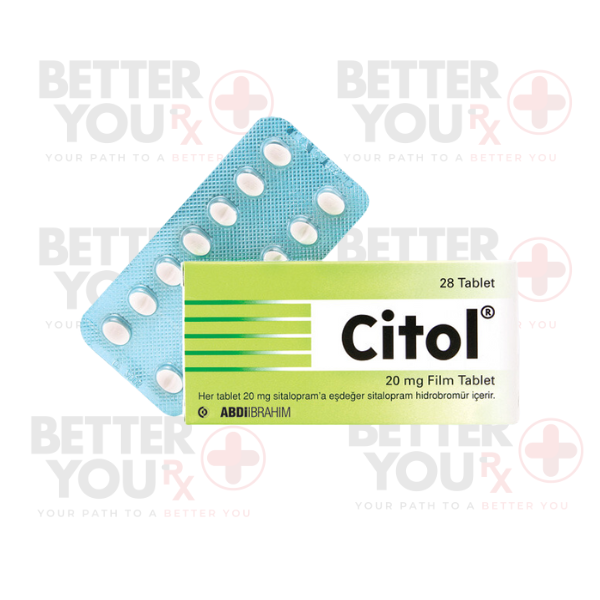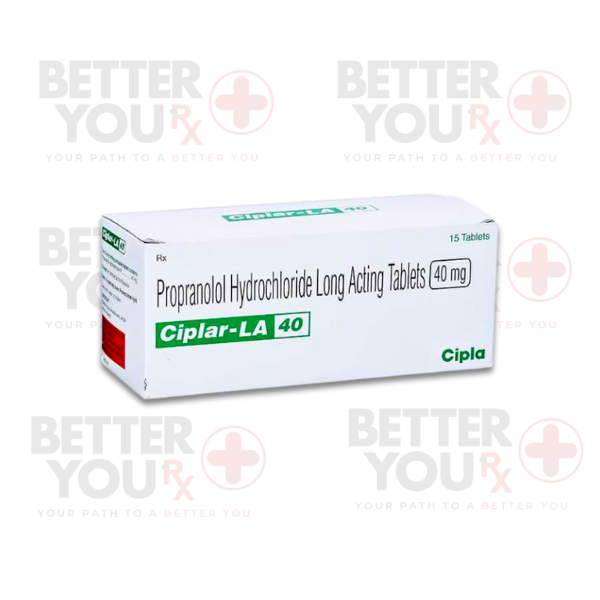Description
Clonidine is a centrally acting alpha-2 adrenergic agonist primarily used to treat hypertension (high blood pressure). By stimulating alpha-2 receptors in the brain, Clonidine reduces sympathetic outflow from the central nervous system, leading to a decrease in heart rate and blood pressure. This dual mechanism makes Clonidine particularly effective for individuals who experience hypertension resistant to other medications. Clonidine is also available in several forms, including oral tablets, transdermal patches, and injectable solutions, providing flexibility for patients and healthcare providers to choose the most suitable administration route.
In addition to its primary use in managing hypertension, Clonidine is increasingly recognized for its role in treating attention deficit hyperactivity disorder (ADHD). It can help improve focus, attention, and impulse control, especially in children who may not respond well to traditional stimulant medications. Moreover, Clonidine has been found effective in alleviating withdrawal symptoms in individuals detoxifying from opioids and managing certain anxiety disorders. These varied applications highlight Clonidine’s versatility as a therapeutic agent in modern medicine.
While Clonidine’s benefits are substantial, it is essential for patients and caregivers to understand the medication’s safety profile, including potential side effects and necessary precautions. Due to its sedative effects, Clonidine can cause drowsiness, especially when treatment is initiated or when the dosage is adjusted. Careful monitoring by healthcare professionals is crucial to ensure that Clonidine is administered safely and effectively, tailoring treatment to each patient’s specific needs.

